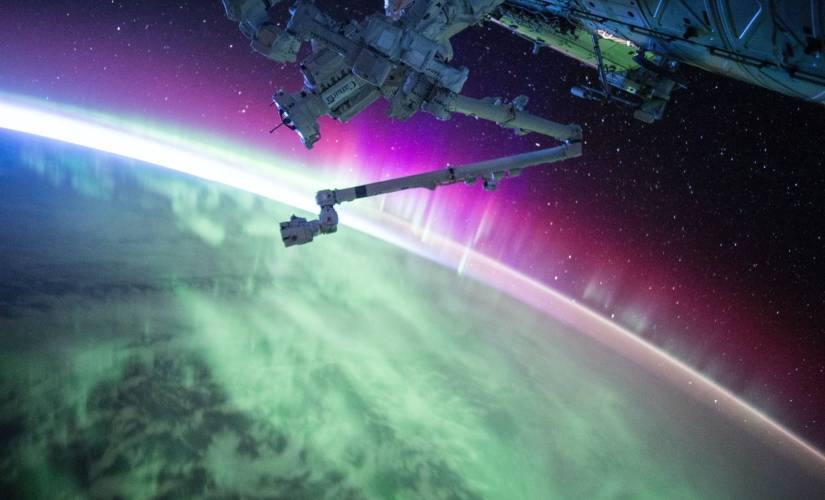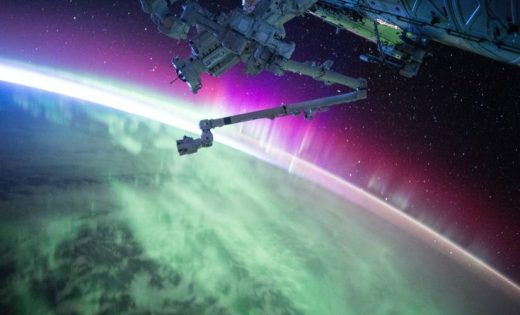Amazon’s Project Kuiper: How It Will Bring High-Speed Internet to Everyone
Amazon’s Project Kuiper: How It Will Bring High-Speed Internet to Everyone

In a bold move to revolutionize internet connectivity, Amazon is investing $ 120 million to build a cutting-edge facility for its Project Kuiper satellites in Florida. This state-of-the-art building will serve as a launchpad for over 3,200 low-Earth orbit satellites, aiming to connect the globe to the internet. With its ambitious plan, Amazon is poised to make a significant impact in the satellite industry, competing with the likes of SpaceX’s Starlink. This article delves into the details of Amazon’s Project Kuiper, exploring its goals, challenges, and potential impact on the future of internet connectivity.
Project Kuiper is Amazon’s ambitious endeavor to provide internet connectivity to underserved areas worldwide. Through the deployment of a vast constellation of satellites, Amazon aims to bridge the digital divide and bring high-speed internet access to remote locations. With over 4,000 satellites already deployed, SpaceX’s Starlink has made significant progress in this area. However, Amazon is determined to catch up and establish itself as a major player in the satellite internet space.
To realize the goals of Project Kuiper, Amazon is constructing a 100,000-square-foot facility at Space Florida’s Launch and Landing Facility at Kennedy Space Center. This prime location, once home to NASA’s Space Shuttle missions, provides Amazon with an ideal base for satellite preparation and integration. The facility will also feature a 100-foot-tall bay, enabling seamless collaboration with Jeff Bezos’ Blue Origin and the United Launch Alliance (ULA) for rocket integration.
Steve Metayer, Amazon’s vice president of Kuiper production operations, states that construction is expected to be completed by the end of next year, with satellite processing commencing in early 2025. This impressive facility will play a crucial role in supporting Amazon’s timeline for full-scale production launches and early customer pilots.
While Amazon’s commitment to Project Kuiper is commendable, the journey has not been without its challenges. Technical difficulties and an explosion during testing have delayed the launch of the project’s two prototype satellites. Originally scheduled for a May launch on ULA’s Vulcan Centaur rocket, the setback has pushed the launch to late 2023. Despite these setbacks, Amazon remains steadfast in its commitment to the project, with plans to start satellite production at its facility in Kirkland, Washington, by the end of this year.
Amazon faces stiff competition from SpaceX’s Starlink, which has already deployed a vast constellation of over 4,000 satellites and is currently providing internet service to more than 1.5 million people globally. However, Amazon recognizes the importance of collaboration in the satellite industry. SpaceX’s rockets have become the preferred choice for satellite launch companies and government agencies. Amazon may ultimately need SpaceX’s success to propel its own ambitions forward.
With the new facility in Florida and ongoing satellite production in Washington, Amazon is gearing up for production launches and early customer pilots. In line with their ambitious timeline, Amazon plans to initiate these activities in 2024. By harnessing the power of Project Kuiper, Amazon aims to provide reliable and high-speed internet access to individuals, communities, and businesses around the world.
The success of Project Kuiper has far-reaching implications for internet connectivity. By leveraging satellite technology, Amazon aims to expand internet access to remote and underserved areas, empowering individuals and fostering economic growth. Reliable internet connectivity has become an essential aspect of modern life, enabling access to education, healthcare, and economic opportunities. Through Project Kuiper, Amazon is poised to bridge the digital divide and empower millions of people globally.
Satellite internet connectivity offers several advantages over traditional terrestrial networks. It is particularly beneficial for remote and rural areas with limited infrastructure. By eliminating the need for extensive ground-based infrastructure, satellite internet can quickly and cost-effectively provide internet access to areas where laying cables or building cell towers is challenging.
Moreover, satellite internet is not limited to specific geographical regions, making it an ideal solution for connecting isolated communities and regions that are difficult to reach via traditional means. This technology has the potential to unlock opportunities for education, telemedicine, e-commerce, and much more, even in the most remote corners of the globe.
In summary, Amazon’s Project Kuiper is set to revolutionize internet connectivity by deploying a vast constellation of satellites. Through the construction of a state-of-the-art facility in Florida, Amazon is gearing up for full-scale production launches and early customer pilots. While facing competition from SpaceX’s Starlink, Amazon remains determined to bridge the digital divide and connect the globe to high-speed internet. The success of Project Kuiper has the potential to transform lives, empower communities, and propel economic growth in even the most remote areas. As the world eagerly awaits the launch of Amazon’s satellites, the future of internet connectivity looks brighter than ever before.
First reported on The Verge
Frequently Asked Questions
Q. What is Amazon’s Project Kuiper?
Project Kuiper is Amazon’s ambitious initiative to provide internet connectivity to underserved areas worldwide by deploying a constellation of low-Earth orbit satellites.
Q. How many satellites will Project Kuiper deploy?
Amazon plans to launch over 3,200 satellites for Project Kuiper.
Q. Where is Amazon building its facility for Project Kuiper?
Amazon is constructing a 100,000-square-foot facility at Space Florida’s Launch and Landing Facility at Kennedy Space Center in Florida.
Q. When is the facility expected to be completed, and when will satellite processing begin?
The facility is expected to be completed by the end of next year, with satellite processing commencing in early 2025.
Q. What challenges has Amazon faced with Project Kuiper?
Amazon has faced technical difficulties and delays, including an explosion during testing, which pushed back the launch of prototype satellites from May to late 2023.
Q. Who is the main competitor for Project Kuiper in the satellite internet space?
SpaceX’s Starlink is the main competitor for Project Kuiper, with over 4,000 satellites already deployed and providing internet service to millions of people.
Q. How does satellite internet benefit remote and underserved areas?
Satellite internet can quickly and cost-effectively provide internet access to areas with limited infrastructure, making it ideal for remote and rural regions. It eliminates the need for extensive ground-based infrastructure.
Q. What are the advantages of satellite internet over traditional terrestrial networks?
Satellite internet is not limited to specific geographical regions, making it an ideal solution for connecting isolated communities and regions that are difficult to reach via traditional means.
Q. What is the potential impact of Project Kuiper on internet connectivity?
Project Kuiper has the potential to bridge the digital divide, empowering individuals and fostering economic growth by providing reliable and high-speed internet access globally. It can unlock opportunities for education, healthcare, e-commerce, and more.
Featured Image Credit: Unsplash
The post Amazon’s Project Kuiper: How It Will Bring High-Speed Internet to Everyone appeared first on ReadWrite.
(12)


